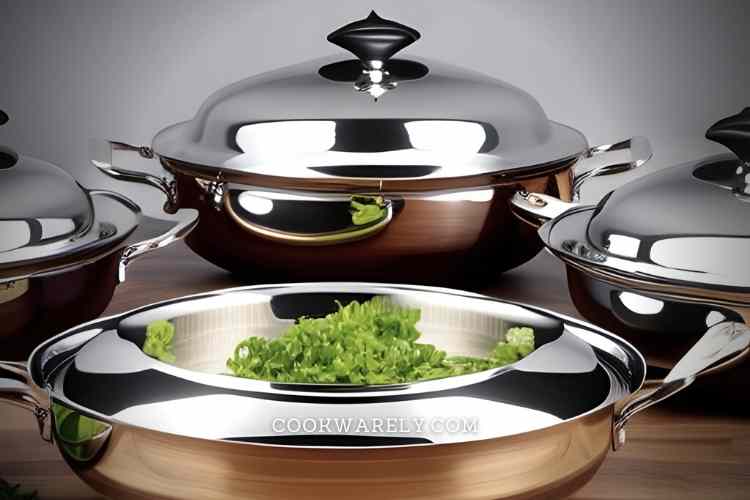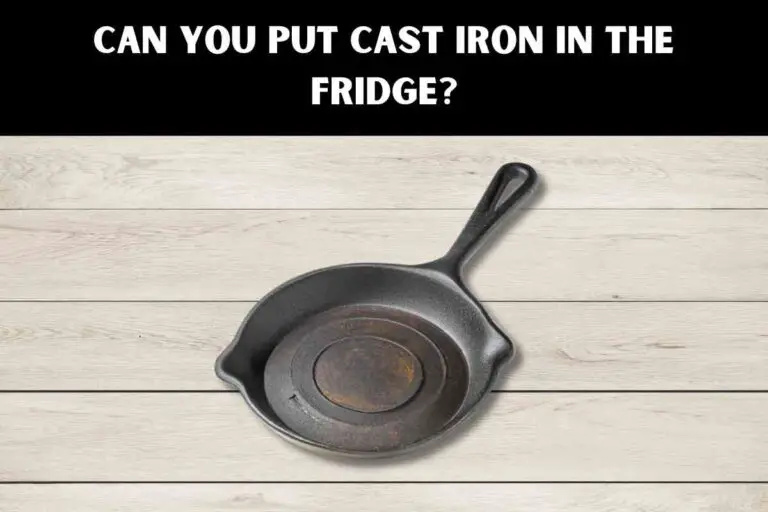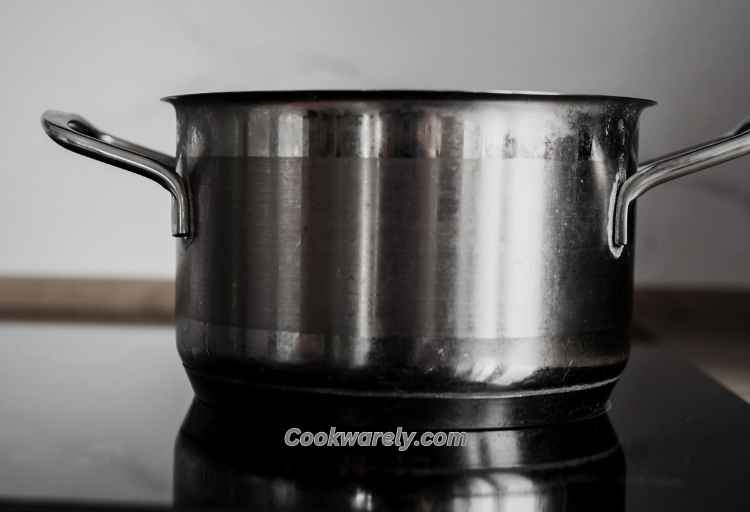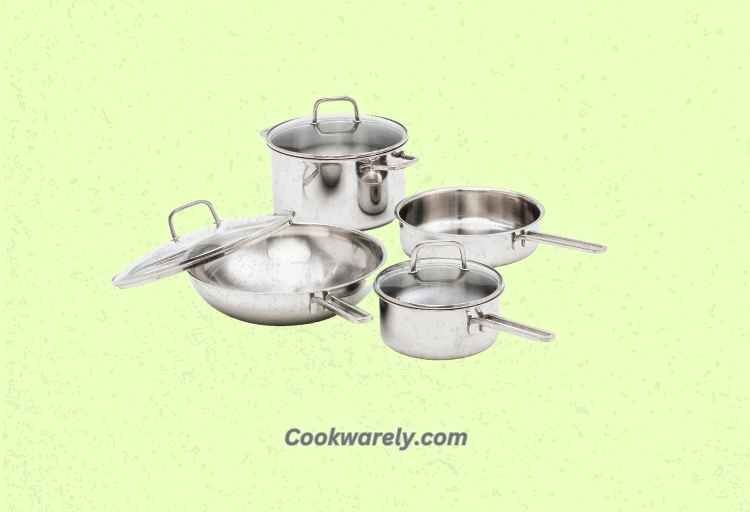How To Restore Shine To Stainless Steel Pots And Pans?
If you’ve lost the shine from your stainless steel pots and pans, there are several things you can do to bring them back to life. First of all, avoid overheating, as this causes discoloration.
Instead, use white vinegar diluted in water to remove the discoloration. The acid content in the vinegar will break down the thin oxidized rainbow layer, leaving the stainless steel looking shiny and new.
Clean with Bar Keeper’s Friend
You can clean stainless steel pots with Bar Keeper’S Friend, but you have to remember that the powder does not form a lather.
If the pots or pans have a lot of stains, you might need to use steel wool to remove the stain. If you want to clean ceramic or porcelain pots, you can use a special cleaner designed for pots and pans.
You can also use baking soda to remove stuck-on food. If you use baking soda, make sure to cover the food residue completely. Then, bring the water to a boil. If the food is still stuck, use a wooden spoon or spatula to scrape it off. For tougher messes, you might need to use an abrasive cleaner.
You can also use baking soda to clean a stainless steel pan that has been burned. To use it, you should add enough baking soda to the water to cover the burned area. Once the mixture is at a boil, simmer until most of the water evaporates.
Remove food buildup
The first step in restoring the shine of stainless steel pots and pans is to remove the buildup of food on the surface. A dampened sponge with baking soda sprinkled on it can work wonders.
This paste should be left on the pot for at least 10 minutes, and then rinsed off with hot water. If the stain is really stubborn, try applying a solution of salt and water.
The salt will eat away at the charred spots, leaving only the steel. When using this solution, be sure to stir it well and allow it to cool completely before using it.
A solution of cream of tartar and water is another easy way to clean stainless steel. To use cream of tartar, mix 1/4 to 1/2 cup with water. Scrub the pan with a soft scouring pad the next day. This method will remove the buildup and leave the surface looking shiny and clean.
Remove chalky buildup
Stainless steel has a tendency to accumulate buildup, but there are some things you can do to make it shine again. You can apply baking soda to the buildup, which will help it dissolve. You should leave the paste for around 10 minutes, then rinse with hot water.
Salt can also help you remove burnt spots on stainless steel. Salt can be used to scrape off charred spots by absorbing them. You can also make a salt solution, which can help you get rid of stubborn stains. To do this, you must heat some water, stir the solution, and turn off the heat.
Another way to get rid of white spots on stainless steel pots is by using a solution of water and white vinegar. This solution can remove calcium buildup. Mix the vinegar with water and heat it until it boils.
After the solution cools, you can use a soft cloth to wipe it dry. If you can’t get rid of the buildup using vinegar, you can also use baking soda to scrub the affected area. To prevent future spots, dry the cookware after cleaning it with the solution.
Remove burn marks
Depending on the severity of the burnt marks, you might be able to remove them in several different ways. One way involves using baking soda, which works by neutralizing the acids responsible for most food stains.
The baking soda should be dissolved in liquid and then scrub the affected area. Scrubbing with this paste is very effective and can leave the pot looking new.
To remove tougher stains, you can also use dishwashing tablets. They are specially designed to break down caked-on food. To use these tablets, fill the burnt pot or pan with water.
Bring the water to a boil, then reduce the heat to a simmer for 10 minutes. After ten minutes, the burnt bits should slide right off.
Sanitize
If you want to restore the shine and luster of stainless steel pots and pans, you must know how to sanitize them to remove the buildup of dirt and grime. Over time, food debris and grease splatters can become caked onto the pots and pans.
When this happens, they become extremely difficult to remove and will begin to blend into the metal.
To avoid this, always rinse your pans after cooking and immediately wipe away any debris. You can also use a baking soda or salt solution to remove the grime.
Another way to clean stainless steel pots and pans is to use a mixture of vinegar and coarse salt. This mixture will scuff away the surface and break down mineral deposits.
However, it would be best if you did not leave the mixture in the pan. This method may damage the stainless steel surface.
How to Keep Stainless Steel Pots Shiny?
How to shine stainless steel pots? To keep stainless steel pots shiny and maintain their luster, follow these steps:
- Wash Thoroughly: After use, wash the stainless steel pots with warm, soapy water to remove any food residue or stains.
- Rinse and Dry: Rinse the pots with clean water and then dry them immediately with a clean, dry cloth to prevent water spots and mineral deposits.
- Use Vinegar: For stubborn stains or dullness, you can apply a vinegar solution (1 part vinegar, 1 part water) to the surface and gently scrub with a soft cloth or sponge.
- Stainless Steel Cleaner: Periodically, use a commercial stainless steel cleaner or polish. Follow the product instructions and apply it using a soft cloth, rubbing with the grain of the stainless steel.
- Baking Soda Paste: For tough stains or discoloration, create a paste with baking soda and water, apply it to the affected areas, scrub gently, and rinse thoroughly.
- Dry with a Towel: After cleaning, always dry the pots with a clean towel to prevent water spots and maintain shine.
- Use the Right Tools: Avoid abrasive cleaners or scrubbers that can scratch the stainless steel surface.





